How to Improve Garden Soil Naturally [Over Winter and Year-Round]
Welcome! This article contains affiliate links, meaning I get a commission if you decide to make a purchase through my links, at no extra cost to you.
The perfect time to think about how to improve your garden soil is over winter. Although it can be tempting to think of gardening as a warm-weather pastime, we can do many things year-round to help our gardens stay fertile and hospitable to plants.
To improve garden soil over winter, you can use amendments and covers, like a physical cover or cover crops, to add and preserve nutrients. In spring, you can use natural fertilizers, mulch, crop rotation, and cover crops to ensure your soil stays balanced.
Let’s find out the best ways to improve garden soil year-round, from spring to winter. I’ll discuss some winter-specific techniques for improving garden soil and then cover some year-round ways to ensure your soil is fertile, healthy, airy, and well-draining. Then, I’ll also discuss how to use soil testing to help you improve your soil any time of year.

What’s Inside:
How Can I Improve Old Garden Soil Over the Winter?
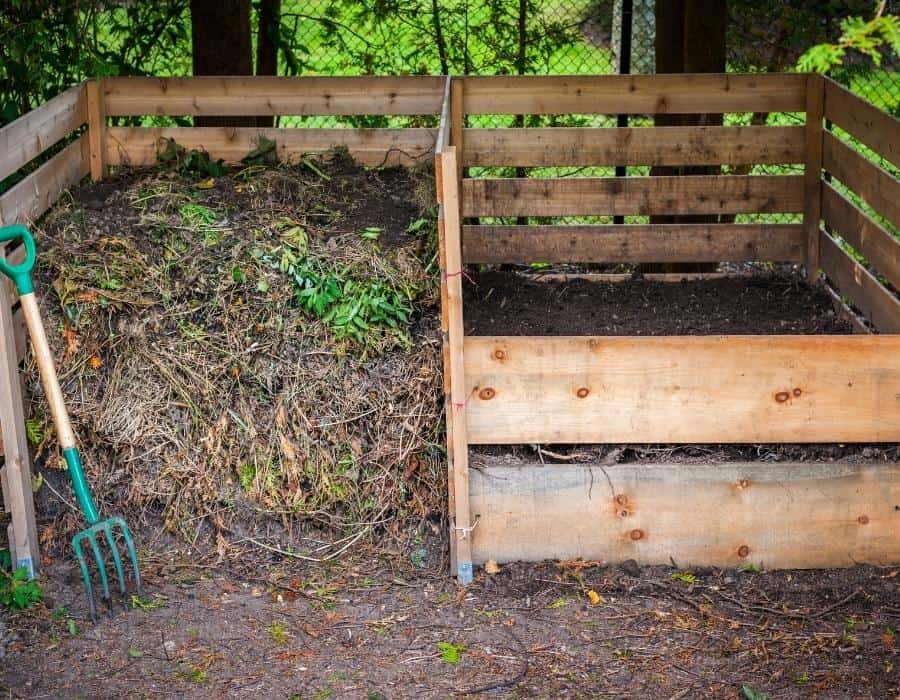
Winter is my favorite time of year to work on improving my old garden soil.
Everything slows down in the winter when most of us will have just a few cold-hardy shrubs and vegetables in the ground. This is an excellent time of year to take stock and see what replenishment our soil needs.
1. Incorporate Amendments In Your Garden Soil
If I have it, my favorite way to improve garden soil over the winter is to add a top dressing of compost.
Like most homesteaders, I don’t particularly appreciate spending money unnecessarily. So, making as much of my compost as possible is always a top priority.
In our garden, we use organic no-till methods, which hugely reduce the work involved in adding compost to the soil. No backbreaking digging here – we just spread a layer of compost on the ground and let nature do the rest!
Still, it can take several years to reach peak compost production levels. So, what else can you do to improve your garden soil over winter? Luckily, we have many more tricks up our sleeves!
Can You Amend Soil In the Winter?
You can amend your soil in the winter. The colder months are some of the best times to fertilize since your plants will mostly be dormant or dead.
It might look like nothing much is happening out there, but under the surface, billions of insects and microorganisms are working away to improve your garden soil. We need to give them the proper material to work with!
As we don’t tend to have as many vegetables in the ground in the winter, I usually use this time to add a top dressing of compost to all my vegetable beds.
The worms and bugs will happily incorporate this into your soil over the colder months. As they do so, they will create the perfect soil for planting in the spring!
How Do I Add Nutrients to My Soil In the Winter?
How you choose to improve and add nutrients to your garden soil in winter depends on your climate and the soil quality. For example, I would love to use mulches such as grass cuttings, but in our wet winter climate, the result would be slug armageddon!
If you don’t have access to large amounts of compost, you can add worm castings. Think of these as super-potent little compost bombs packed full of all the nutrients that your garden needs!
Organic soil builder that naturally conditions your soil or potting mix. Suitable for organic gardening and farming.
Earthworm castings promote strength and vigor in your plants and encourage a strong plant defense.
It's teeming with beneficial microbes which help make nutrients available to your plants.
How Can I Improve My Garden Soil Cheaply Over the Winter?
If you’re on a tight budget, you can use clever hacks to improve your garden soil over winter without spending a penny. While the most obvious of these is to make our compost, there is a far quicker way to improve your garden soil – green manures!
Green manures, also known as cover crops, are seeds sown on bare, dormant ground. These germinate and grow quickly, protecting the soil from erosion and adding essential organic matter and nutrients to the soil
13 Different varieties of the most popular cover crops in 1 bag. Inoculated with Rhizobium which encourages beneficial Mycorrhizal fungi populations to thrive, which literally help to deliver nutrients to the roots of your plants.
A biodiverse array of cover crop varieties that attract a range of beneficial organisms and predators - contribution to soil fertility and humus quality.
Perfect for raised beds, no-till, and container gardening.
The cover crop may have already died naturally when you are ready to plant in the spring. Otherwise, you can cut it down, pull it up, or dig it into the soil.
Cheap, easy, and very effective – what more could you want?
What to Add to Your Soil to Make It Drain Better Over the Winter
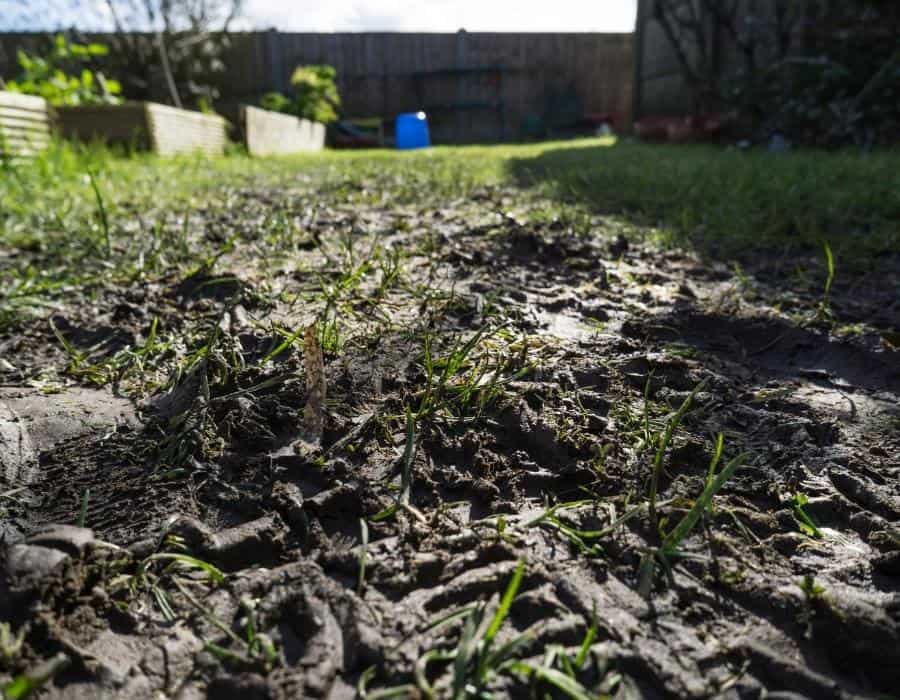
If you live in an area of high rainfall or have heavy clay ground, you will know the difficulties caused by poor drainage. Cold, waterlogged soil leads to unhappy plants with poor growth and low yields.
I know you’ll think this is my answer to everything, but the key to helping soil drain is organic matter – yes, more compost! It works to improve garden soil’s drainage over winter since the fiber and absorbent matter will add aeration and oxygen to the ground.
If the soil is very compact, you may need to dig the compost into the dirt. It can take several years to see a big difference in these cases.
However, it’s well worth the effort.
Are Coffee Grounds Good for Improving Garden Soil?
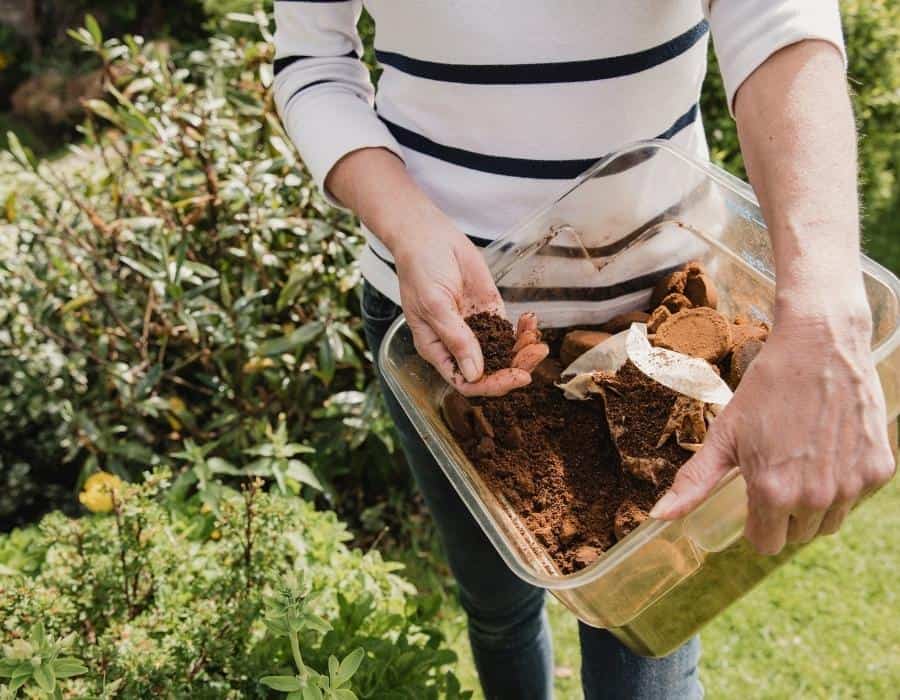
Coffee grounds are good for improving garden soil since they contain high levels of nitrogen and potassium, phosphorous and essential micronutrients. However, it would be best to take precautions when fertilizing your soil with coffee.
Although it makes excellent nitrogen-rich compost, the residual caffeine in coffee grounds can inhibit plant growth. That means you should not apply them directly around young plants and seedlings or use them in seed compost.
Secondly, coffee grounds can become quite compacted, mimicking the effect of solid, clay soil. To get the best from your used coffee grounds, mix them with other organic matter.
I suggest adding coffee grounds to your compost bin rather than using them as a top dressing for soil. That way, they can add nutrients to the compost without becoming so concentrated that the caffeine or dense particles affect your plants’ growth.
2. Cover Your Garden Soil Over Winter
Many people panic when they see bare soil and feel the urge to cover it! But is this necessary?
Should You Cover Soil During Winter?
You don’t need to cover your soil in the winter, but it’s generally best not to have any “bare” ground. Covering your soil with mulch, cover crops, or other material protects it from erosion, sunburn, and frost. A cover can also keep the microorganisms in your soil alive.
Covering your soil can also help to prevent weed growth – it beats pulling weeds by hand!
Another reason some people like to cover soil over winter is to preserve nutrients, which can help improve your garden’s dirt over winter. If you often experience heavy rainfall or high winds, covering the soil will also prevent erosion of your topsoil.
Should I Cover My Garden Beds in Winter?
Covering your garden beds in winter is a good idea if you have added a top dressing of mulch to your garden beds. The cover and mulch will leave the bugs and worms in peace to work away on your soil without those pesky birds scattering your compost everywhere!
Covering a garden bed will also keep the soil warmer and protect it from frost over winter. Your tiny microorganisms will be working away happily under cover all winter, ready to give you beautiful weed-free soil in the spring!
How to Improve Your Garden Soil Naturally Year-Round
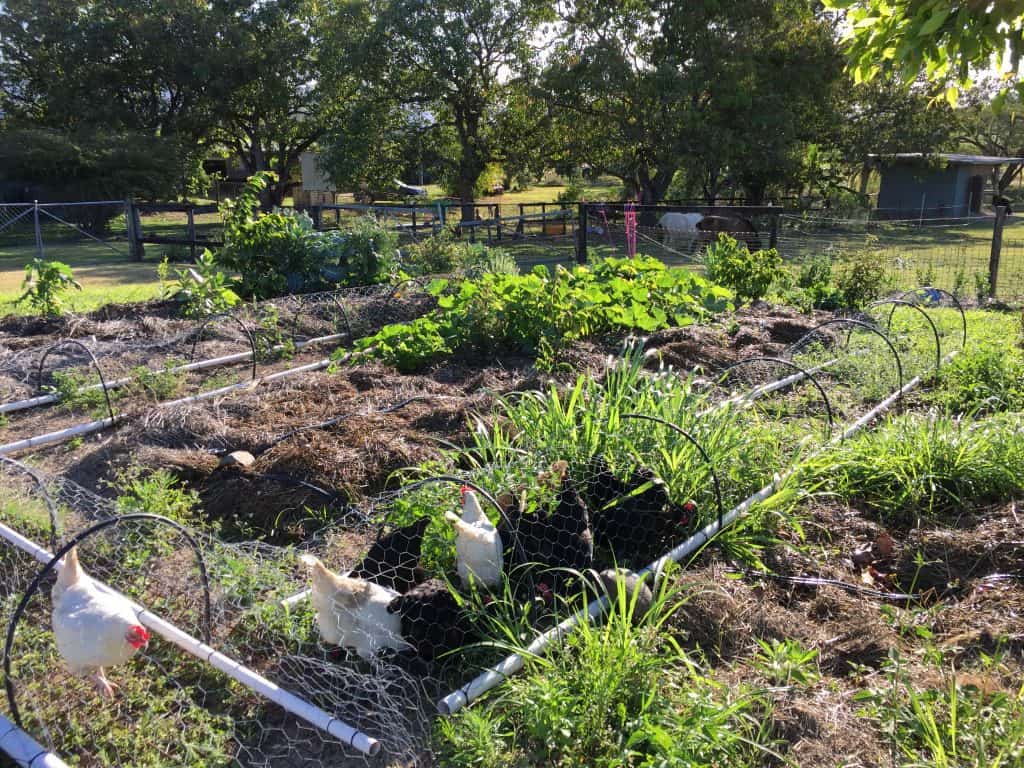
The best way to improve your garden’s soil year-round is to feed the soil so it can feed your plants.
All plants and trees (except those grown hydroponically) have their roots in the soil, and they uptake moisture and nutrition through their roots. By improving your soil, you are improving the quality and production of the plants growing in the ground.
It won’t cost much money or time, but it’s a necessary garden chore if you want to get the most from your plants. Follow these five simple ways to improve your soil naturally so you can grow happy, healthy, productive plants.
1. Use Natural Fertilizers to Improve the Nutritional Profile
Organic matter, like compost, well-rotted animal manure, leaf mold, etc., adds nutrients to the soil and much more. Organic matter loosens the soil to promote air circulation, root growth, and good drainage. It also prevents compaction and encourages the development of a bio-diverse subculture.
A bio-diverse subculture includes organisms that feed on organic matter and transform it into nutrient-rich humus and earthworms. The earthworms also eat the organic matter and leave behind nutrient-rich castings that feed the plants. The underground tunnels created by the organisms and worms also improve the soil naturally.
There are numerous ways to improve the soil’s nutrient levels with potassium, phosphorus, and nitrogen. If your soil already contains a balanced nutritional profile, compost is often the best way to improve your soil’s nutrition level.
Using Compost to Improve Your Soil
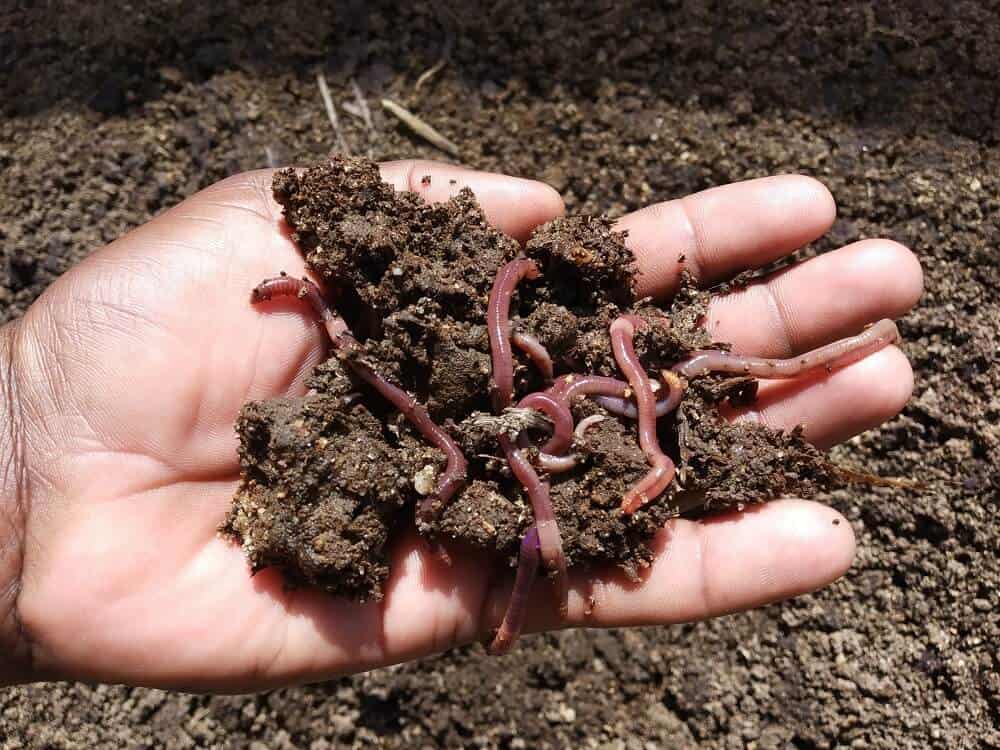
Compost doesn’t have the same nutritional profile as commercial fertilizers. However, it has a wide variety of other benefits. For example, compost keeps the soil loose and aerated, allowing improved root growth and improving plants’ nutritional intake.
It also supports other forms of life in the soil and eliminates pathogens.
Best of all, you can apply as much compost as you want to the soil with only more benefits. On the other hand, synthetic fertilizers can quickly “burn” your plants.
Manure
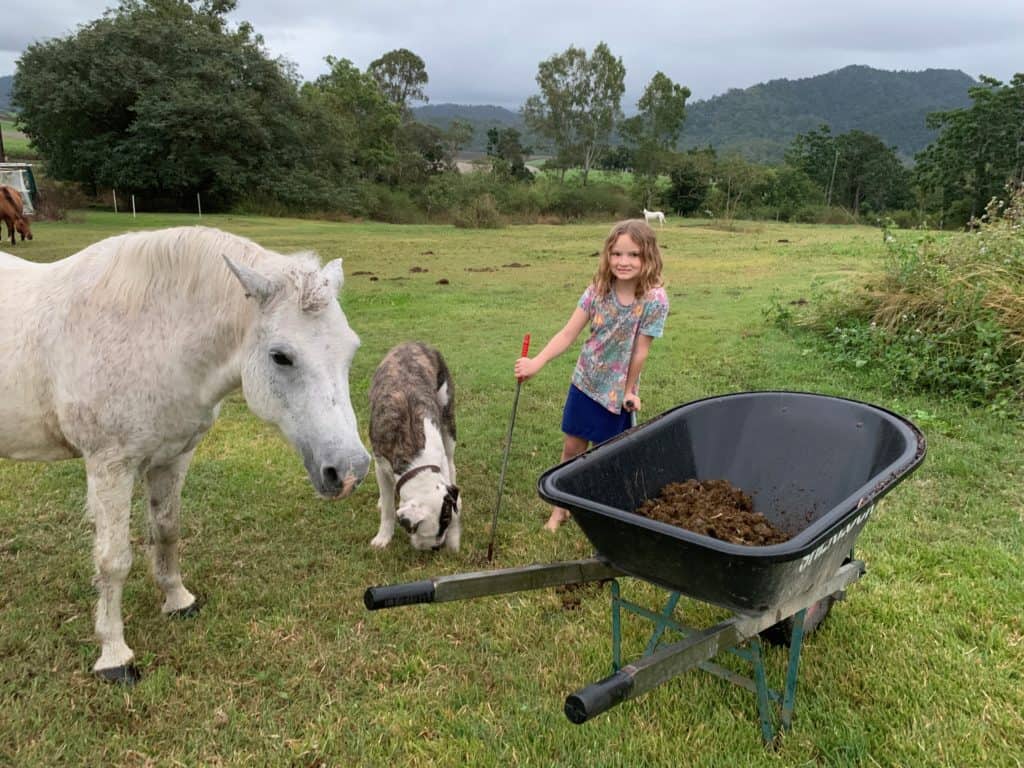
Manure is another excellent way to improve soil quality with organic matter.
It would be best to compost the manure before applying it to the soil for the best results. That is because fresh manure can be too strong for the soil and harm the plants.
But manure should also be composted with care, especially in large amounts. If you expose it to rain, the runoff can be harmful and leach into waterways.
Therefore, you will want to ensure that your composted manure is located away from waterways and, hopefully, somewhere that the runoff will not leach into groundwater.
You should carefully work composted manure into the ground for the best results. If you apply manure before planting, mix it thoroughly to a depth of 8 – 12 inches.
You’ll still have to mix the manure deep into the soil if you have plants in your garden. That’s why it’s usually best to add this deep compost to your garden soil over winter.
However, if you want to save your plants, you can always uproot them and then bury them back in your garden after fertilizing.
Green Manure
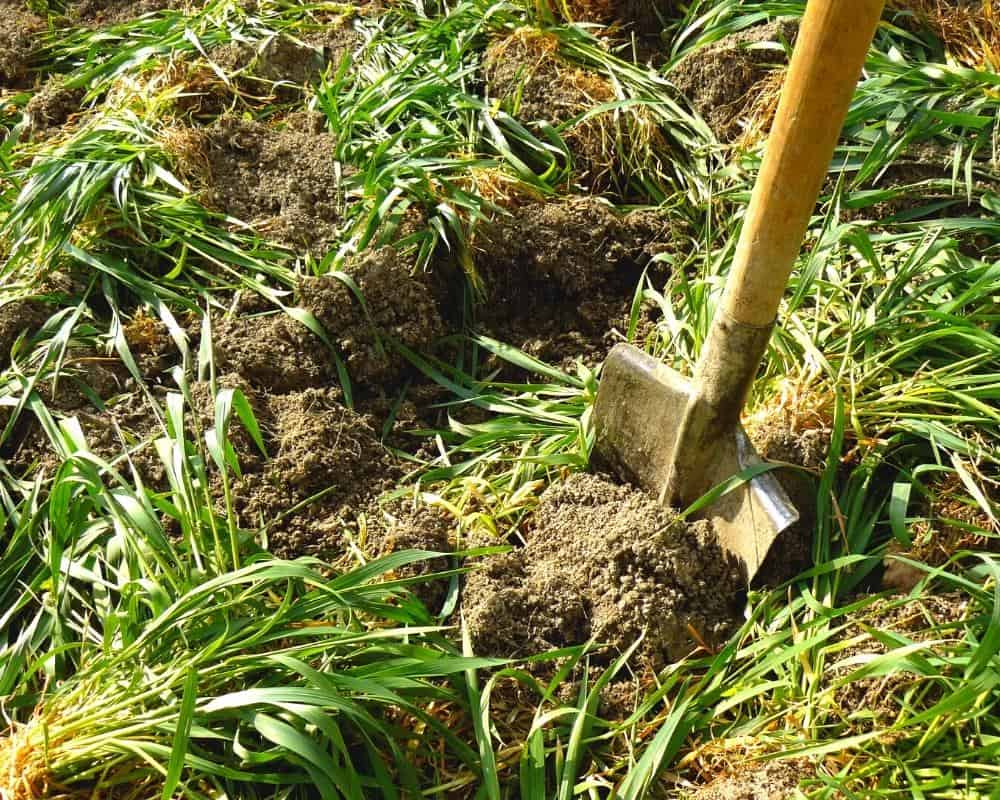
Then there are green manures that can provide an organic form of plant nutrients. You should work green manures into the soil as well. As they decompose, they release nutrients for the plants and tie the ground together, preventing soil erosion.
Some examples of green manures include oats and rye. You can plant these fantastic plants in late fall and till them into the ground in the spring before planting.
2. Add Mulch to Your Garden’s Soil
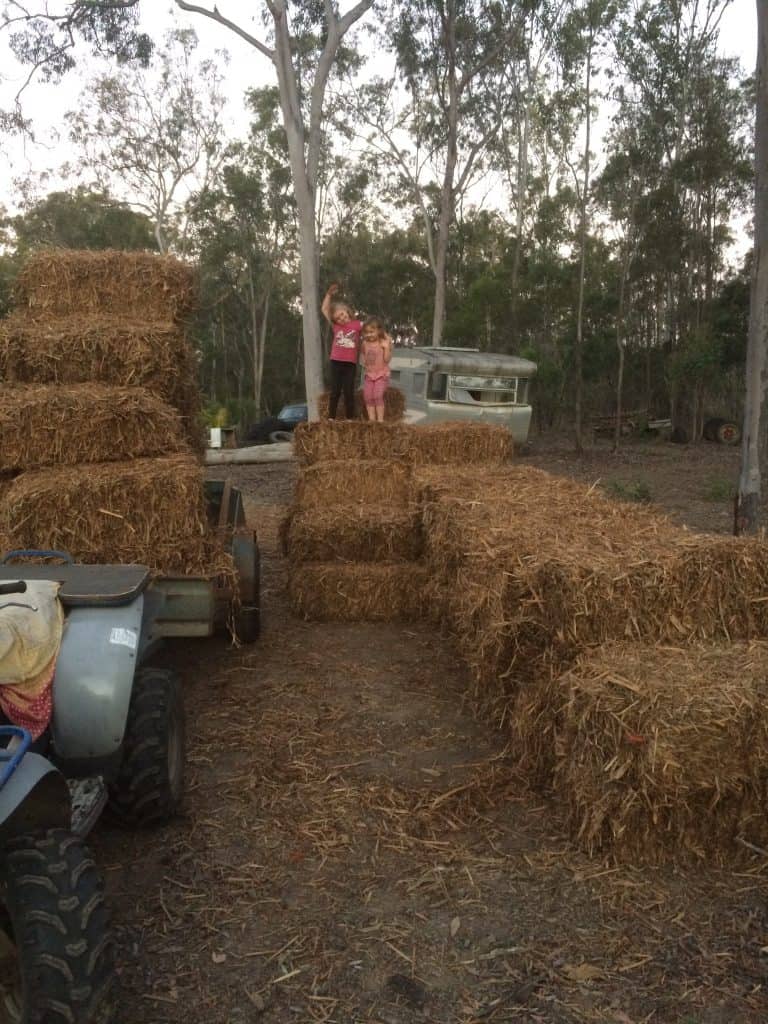
Organic mulch helps soil retain moisture, prevents weed growth, and slowly decomposes to improve soil structure and fertility.
Straw, tree bark, nut hulls, compost, newspaper, cardboard, and a host of other natural materials can be used on top of garden soil as plant mulch.
3. Rotate Your Crops Every Growing Season
A simple thing like planting squash where tomatoes grew last year will improve garden soil naturally. Crop rotation will also decrease plant diseases and pest problems.
Crop rotation prevents the depletion of nutrients and interrupts disease and pest cycles, so the soil stays healthy.
Follow the 3-year rule for all garden crops. Following this rule, you rotate each crop every three years. For example, you could grow beans in year one, tomatoes in year two, and squash in year three. These three plants will keep the soil perfectly balanced when grown in succession.
In addition, rotating your crops will allow enough time for soil pathogens to die and for the soil to be healthy enough to sustain the crops.
To learn more about crop rotation, check out Polyculture Farming and Why It Is Better Than Monoculture.
4. Plant Cover Crops to Protect Your Soil
Planting a winter cover crop will protect garden soil from erosion caused by rain, melting snow, and heavy winds. It will also improve soil naturally by increasing the nitrogen level and supporting the bio-diverse subculture underground.
Any legume will fix nitrogen in the soil. Underground-growing vegetables, like beets, turnips, or carrots, will help loosen hard dirt. Mustard, collards, and kale cover the ground with broad leaves to help suppress weed seeds and prevent erosion.
True Leaf Market has the best variety of cover crops I’ve seen. The image above is just a glimpse of the variety they offer. Click on the image above to see the full range and learn more about the benefits of each cover crop, or follow this link: True Leaf Market cover crops.
You should till any remaining cover crops into the soil in early spring so it will act as green manure and improve soil fertility.
Soil Testing and Management of Nutrients In Your Garden Soil
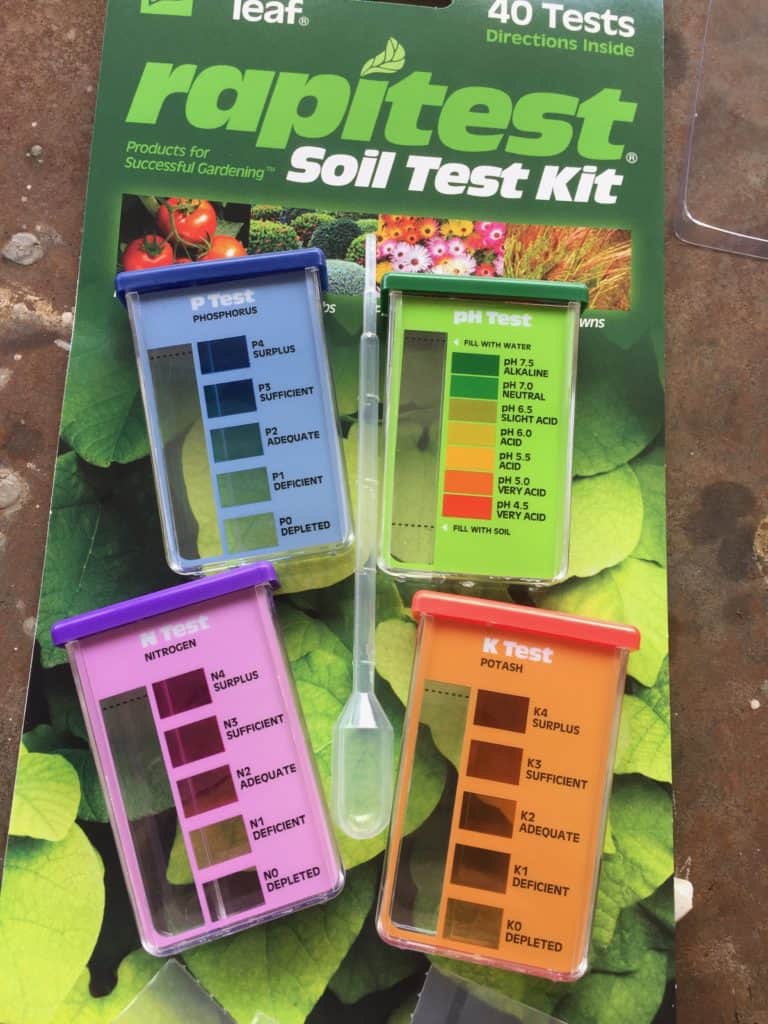
Soil consists of a variety of elements. Too much or too little of any component will impact the way plants grow. However, making up for these deficiencies can feel like taking a shot in the dark, as it’s hard to tell what your soil is missing.
But that’s where soil testing comes in!
You should test your garden soil every three to five years to ensure that it is balanced or has the proper nutrients and pH for your crops. Testing allows you to understand what you should add to your garden soil to improve it.
Conducting a soil test will let you know if the soil is acidic or alkaline. A soil test can also tell you what type of soil you have.
Once you know what your soil contains, you can build off a plan of measuring nutrients and ongoing testing to ensure that you are not disrupting the chemical composition of your garden.
How Do You Test Soils?
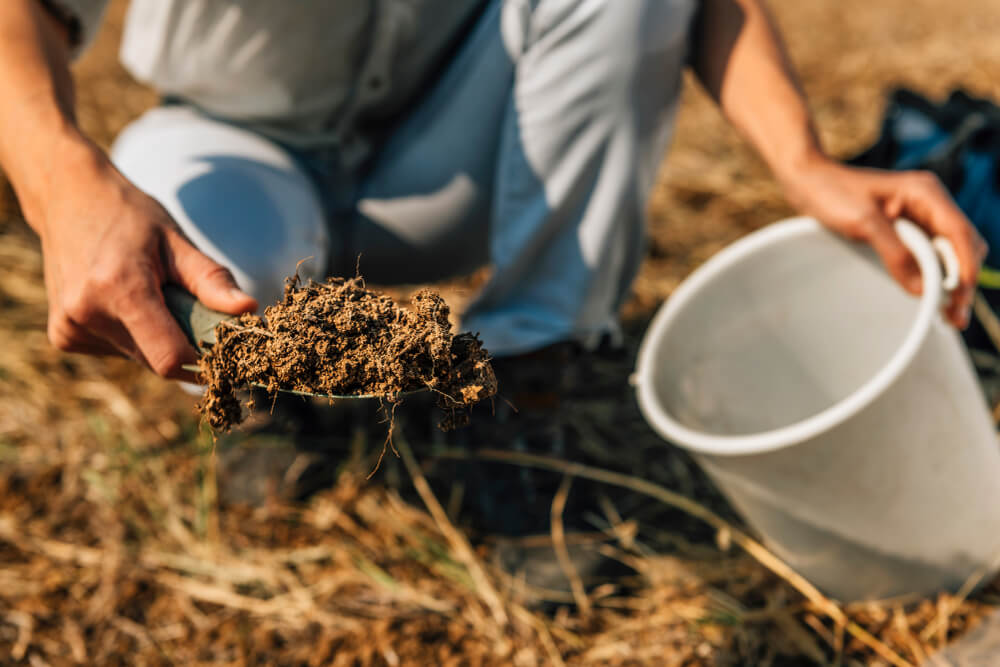
You can test soils using an at-home testing kit or a commercial or university lab test. Lab tests are the best since they test your soil for various issues and deficiencies.
You can find a variety of soil testing kits available on Amazon, at your local supplies store, or at gardening centers. Still, you will find the most reliable results from the Cooperative Extension Service in various land grant universities.
University and other commercial testing services will provide detailed information and allow you to choose even more specialized tests needed when you begin to suspect a problem.
In addition to a simple readout of all the nutrients and chemicals in your garden, these definitive tests can provide recommendations for adjusting these nutrients and balancing pH levels perfectly.
Using a Soil Test to Improve pH
PH testing your soil is very simple — pH levels will indicate your soil’s acidic or alkaline levels.
If your soil’s pH level is above 7, it is alkaline, below 7 is acidic soil, and a pH level of 7 is neutral.
Because the soil’s pH level will significantly influence your garden’s nutrient intake, learning how to adjust this level is essential to providing proper nutrition.
Iron deficiency is one of the problems that can occur even in soil of a neutral pH level and can be incredibly detrimental to rhododendrons and blueberries.
If pH levels are lower than this, other problems may ensue, including excessive micronutrients that result in plant toxicity.
Using a Soil Test to Improve Garden Soil Nutrients
Regular testing can also inform you of the correct nitrogen, potassium, and phosphorus levels.
Plants in the average garden commonly need twenty different nutrients. Phosphorus, nitrogen, and potassium are the most important and are required in large amounts.
- Nitrogen is essential for plants that will produce lush vegetation.
- Potassium builds robust plants and helps to protect plants from diseases.
- Phosphorus creates impressive blossoms and fruit.
Then there are other nutrients like calcium, magnesium, and sulfur, which should also be applied in comparatively smaller amounts. These are called the six macronutrients.
Then, there are the micronutrients which are also required but in much smaller amounts. For example, copper, zinc, boron, and iron.
Macro- and micronutrients are both needed for healthy plants, but applying too much of any specific nutrient can have the exact opposite effect and could impair the growth of plants.
This innovative and inexpensive at-home soil test kit features easy-to-use capsules and contains everything you need for 40 tests (10 each for pH, N, P, and K). Great for beginners and experienced gardeners. Includes a soil pH preference list for over 450 plants, which we found very helpful.
Nitrogen Testing
There are various ways to test nitrogen in the soil, but not all are the same.
Nitrogen is present in the soil and can take on a wide variety of different forms. For this reason, obtaining a precise analysis of this important nutrient can be difficult.
For the most part, most universities don’t routinely test for nitrogen in the soil. On the other hand, it is possible to get an idea of the nitrogen content in the soil by using a home testing kit.
But once again, it can be difficult to get a precise reading because of the nature of nitrogen in the soil.
Organic Matter Testing
Organic matter is another important part of proper testing, as it has an important role in the soil’s quality and structure. It provides a wealth of advantages, including aeration and the movement of and retention of moisture.
When the soil is high in organic matter, microbial activity is increased, and root growth is encouraged. This allows for a healthier plant.
The organic content of the soil will also allow for better availability of the soil nutrients and improves the way soil reacts to pesticides.
Micronutrient Testing
Some tests will give you a readout of the valuable micronutrients in the soil, but these tests are only necessary if there is reason to believe that the soil is deficient in some way or if other problems exist in the soil.
Certain plants have a higher demand for specific micronutrients, and when they begin to show signs of malnutrition, a test may reveal the source of the problem.
Blueberries, for example, will suffer from low levels of iron unless you plant them in soil with lower pH levels. This will be evident in their newly sprouted leaves, which will appear yellow between their veins while the veins themselves will remain green.
If all the other plants growing from the same soil appear healthy, then simply adjusting the pH levels of the soil will often correct the issue.
How to Take Soil Samples for a Laboratory Testing
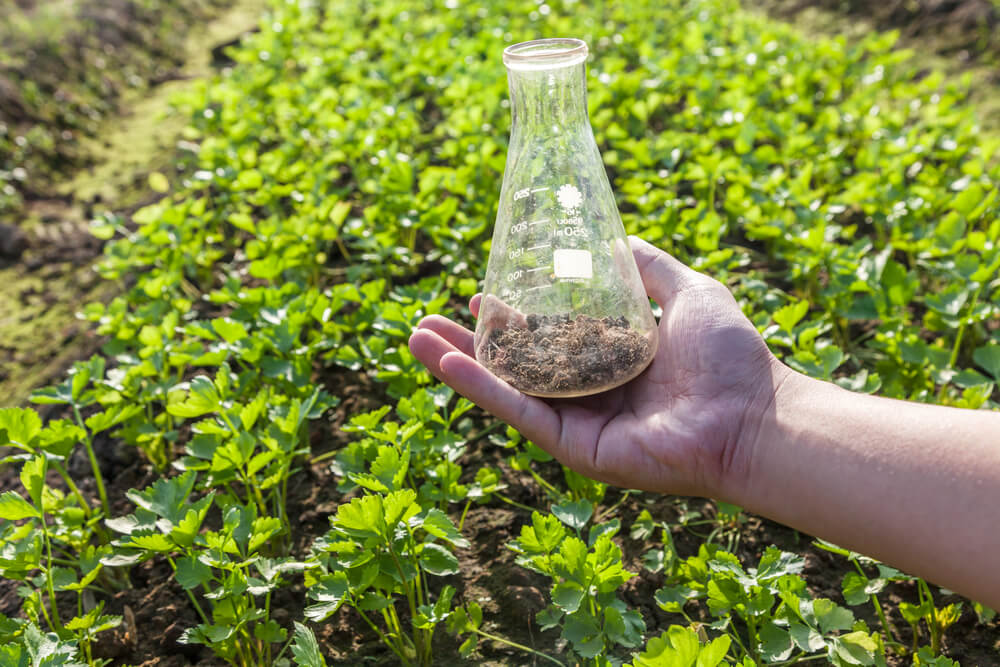
If you want a soil test done by a local land grant university, begin by contacting the Cooperation Extension Service for more information and the sample bags they use to perform these tests.
If you are looking for a private laboratory to do these tests, contact them and ask about the details required for submitting a sample.
The lab will give you very specific directions for collecting a proper soil sample.
Here is the process that is typically described for this task:
- Soil samples should be taken when the soil is damp but not thoroughly wet.
- You will need to collect 10 to 15 samples for each acre of land.
- These different samples should be collected from areas that appear different. For example, you should take one sample from a garden, another from an area that used to be a lawn, and another from the current lawn.
- Use a pail or some other form of clean container.
- Clear away a section of land from grass and any other litter where you will collect the sample.
- Use a spade or a soil auger to collect a small amount of soil from a depth of about 6-inches.
- Place the collected soil in the pail
- Repeat these steps until you have collected all the samples.
- Mix the samples together thoroughly. (Unless you want specific results for each area. In that case, you should discuss this with the testing facility – you may need to label your samples and keep them separated.)
- Remove the sample you want to send for analysis from the pail of well-mixed samples.
- The sample must be sent for testing immediately, do not allow it time to dry.
How to Test Your Soil With a Home Soil Testing Kit
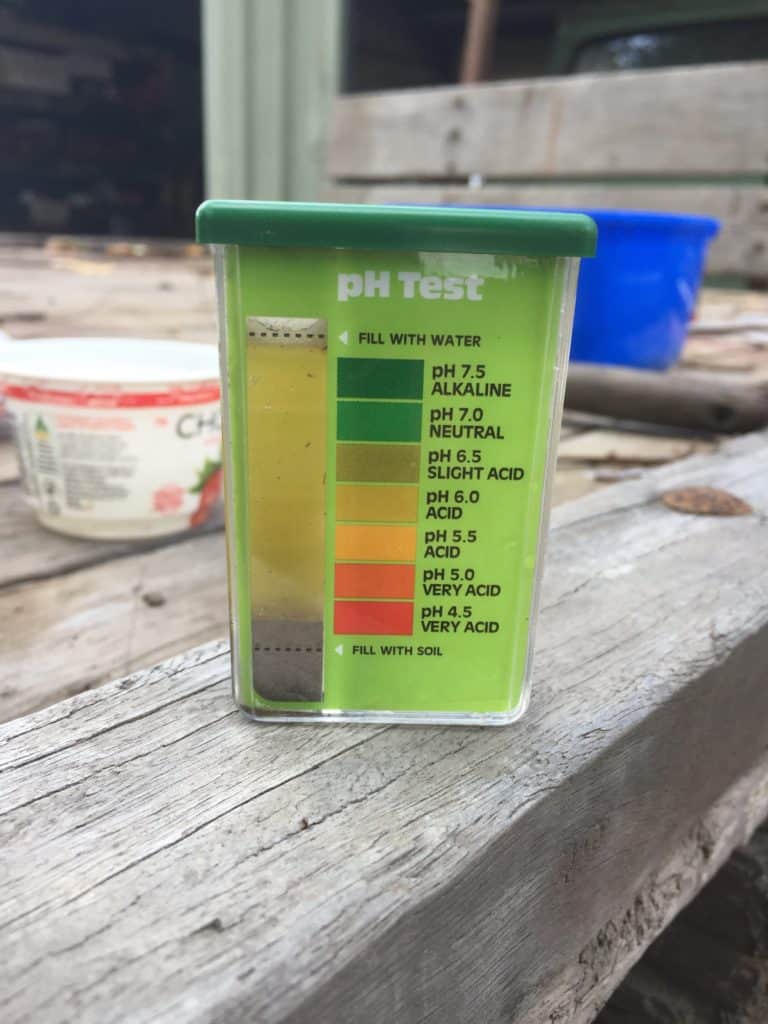
If you use a home testing kit, you should follow the same steps above for collecting your samples. Then, carefully read the instructions provided on the testing kit itself.
Frequently Asked Questions About Improving Garden Soil
We know the pain of trying to grow in soil that is less than perfect!
That’s why we want to share our solutions with you in our garden soil improvement FAQs – especially for those striving to get the most out of their productive kitchen garden.
You can add organic matter to your garden soil to make it better. You may see many different chemicals and fertilizers on sale at your garden store, but all your soil really needs is compost.
The best and most productive soil is that which mimics the natural cycle of plant growth.
Imagine what happens in nature – plants grow, die, or drop their leaves and fruits during the colder months. These decompose on the soil’s surface, putting the nutrients right back where they came from.
We interrupt this essential cycle when we harvest our fruits and vegetables and remove dead plant growth. So, all you need to do is recreate the circle of life by adding composted organic material back into the soil!
The best way to enrich poor garden soil is by adding large quantities of composted organic matter to it. Organic matter contains all of the essential nutrients in commercial fertilizers, plus it aerates and adds drainage to the soil.
Some examples of where to find compost are in the contents of your compost bin or well-rotted animal manure and bedding.
Final Thoughts
You can’t really go wrong with organic amendments like manure, compost, green manure, cover crops, etc. – the rule here is pretty much “as much as possible”.
However, once you start working on micronutrients, it’s easy to “stuff” things up and waste money. A soil test tells you exactly what’s lacking and how to fix it.
If a commercial soil test is too expensive or unavailable, at least give Luster Leaf’s test kit a go – we got some great, eye-opening results!
Do you have any winter gardening tips? What do you like to add to your soil? Let us know in the comments below!
More on Gardening, Soil, and Compost:


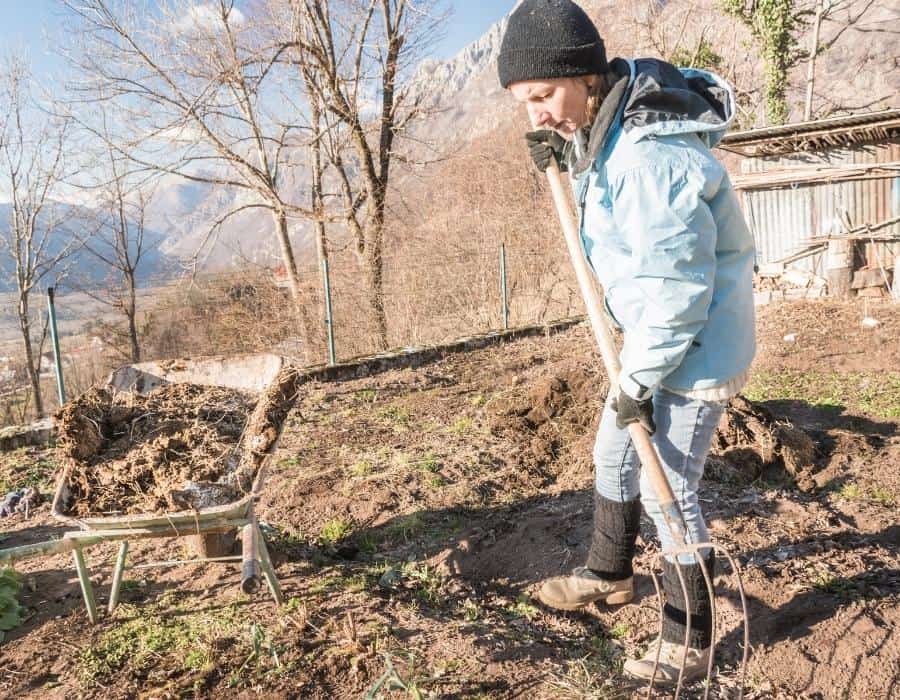

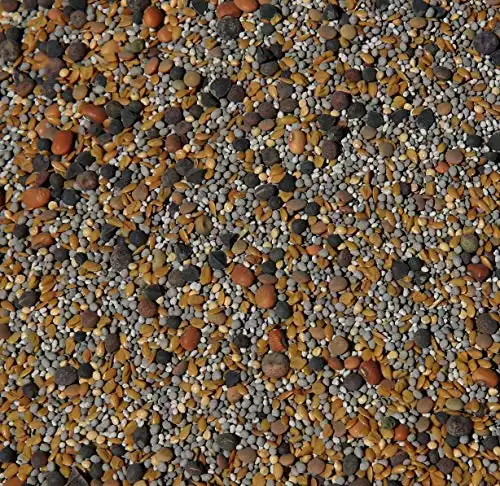





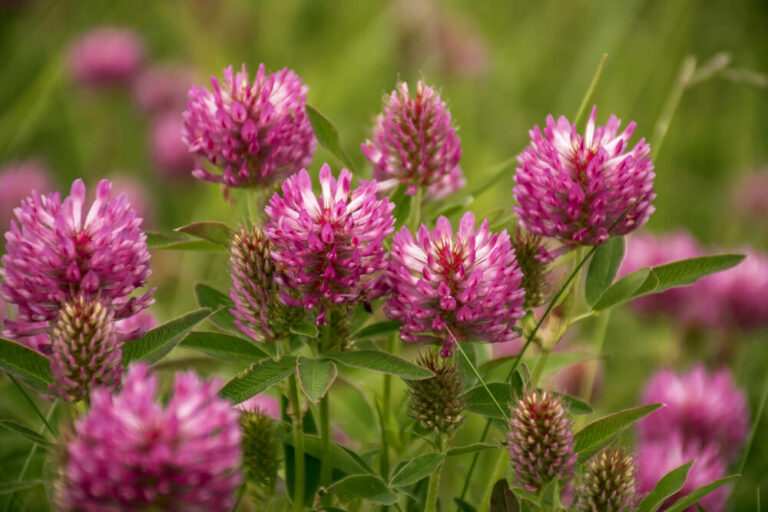

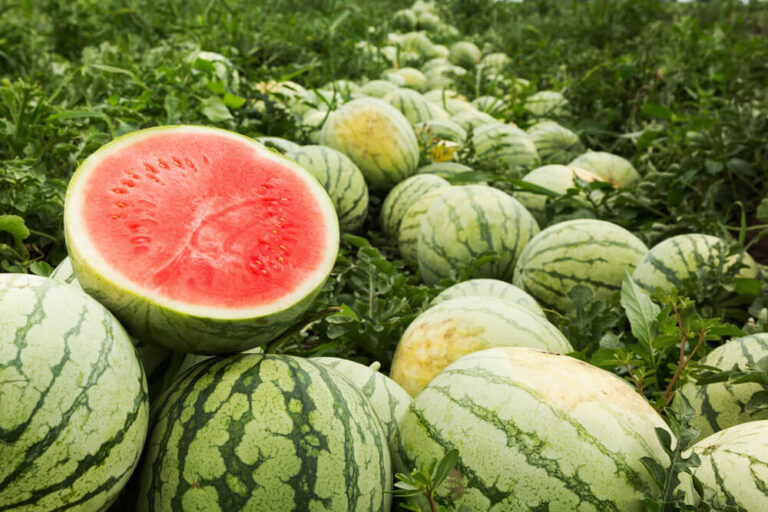
Great stuff if you live in the right areas. Anything those of us who spent most of the winter watching our gardens covered with snow can do to prepare our soil for spring?
Hey Bill!
Thanks so much for the excellent question.
I live in Massachusetts. I can relate to your snowy garden!
It’s tough to amend the soil when there’s a foot or two of snow atop the garden. I’d much rather wait for the warmer weather.
Lucky for us, that’s right around the corner.
Every year around spring, I apply compost fertilizer to my raised garden beds. I don’t use anything fancy, only organic manure compost.
(I always have excellent results using chicken or cow manure compost.)
I amend the soil a few weeks before planting my vegetable, herb, and flower gardens. Or, as soon as the soil thaws.
I also continue composting throughout the winter. Even though I can’t amend the soil directly if there’s a foot of snow (or an inch of ice), I can still build my compost pile and prepare indirectly.
Thanks again for reading!
Cordially,
Mike D
LOVE your posts, but please!!!! Just put links in the post instead of those horrible blocks of ads that really make reading horrible! When trying to copy/paste/print, they are so awful and make it very difficult to save/print the posts! Take up huge amounts of paper and are just plain nasty!
LOVE your posts and I get so much information from them, but the ads make me want to tear my hair out!!!
Thank you!
Hey Carol!
Happy New Year!
Thank you so much for your kind words. They mean the world to us!
We also realize that big, large blocks of text ads aren’t desirable. I haven’t been adding them to any of our new posts. Honest!
(This article is from last year, I believe, but I freshened it up for one of our latest email newsletters. Unfortunately, the article still contains remnants of our old blog style. I think we’re getting better. Hopefully!)
Thanks again for your comment and for sticking with us.
🙂 🙂 🙂
Cordially,
Mike